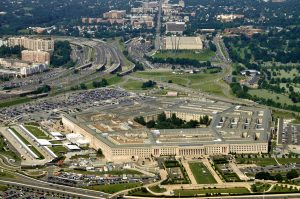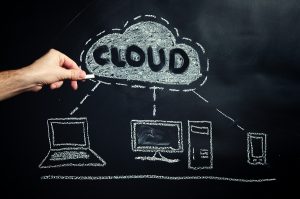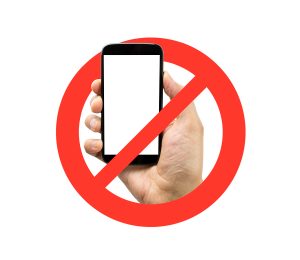
With the Bipartisan Budget Act (BBA) of 2018 passing in February, the defense discretionary funding cap was increased by $80 billion in FY2018 and $85 billion in FY2019. The DoD now has over $700 billion in their budget. This type of legislation is not unprecedented with BBAs issued in 2013 and 2015. However, the 2018 deal does stand out in terms of the amount of money added to funding caps.
So what are defense agencies doing with this influx of federal dollars? According to research from Market Connections, two thirds of Defense decision makers say that money will go toward projects that have been stalled due to budget disagreements and continuing resolutions. This means that agencies are not necessarily investing in net new work, rather using the influx to put existing plans and programs into action. Those projects getting the kick start range widely, with a large portion involving cybersecurity, modernization initiatives, and training. Continue reading




 Computing has moved from a fringe technology that agencies were willing to try to a mainstream part of IT strategy and infrastructure.
Computing has moved from a fringe technology that agencies were willing to try to a mainstream part of IT strategy and infrastructure. 
 When we
When we 
